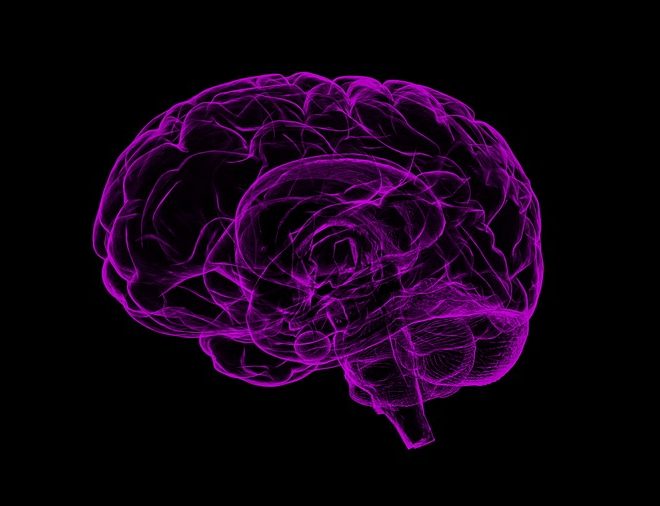Successful Aging with Positive Thinking
This article was written with the intent to inform as well as inspire trainers, coaches and other practitioners who work with the aging population. As a gerontologist who studied the evolution of reflective wisdom, I am intrigued by famous quotes from years past. Henry Ford once said: “If you think you can do a thing or think you can’t do a thing, you’re right.” The aging process should be an enriching experience that involves our appreciation of our personal significance. However for many, it is a time of loneliness, depression, isolation and purposelessness. Is this purely due to circumstances, our outlook, or a combination of both?

We have approximately 60,000 thoughts daily and 80% of them will be present tomorrow. Our thoughts and beliefs generate our feelings and emotions, our emotions drive our actions, and our actions create our outcomes. So there might be something to the statement – “Think positive and change your thoughts because it can change your world”. There are some studies looking at the possibility of meditation and gene expression. That in turn raises the intriguing possibility of dodging our supposed genetic destiny by changing our thoughts and attitudes which affect our mental and emotional stress. Positive emotions are an essential daily requirement for successful aging. Not only do they improve our physical and mental health, they provide a buffer against depression and illness. Science shows that people who are happy – live longer and have healthier lives. It was also noted that positive people are 50% less likely to have heart disease, a heart attack, or a stroke and that increasing positive emotions could lengthen life span by 10 years.
Over 60 % of US centenarians called themselves “Positive People”
Even though Positive psychology has been around for 20 years, it seems to be absent in our conversations and teachings. Dr. Seligman did not want to focus on the negative issues but instead the positive. Positive psychology is “the scientific study of what makes life most worth living”, or “the scientific study of positive behavior and thriving on various levels that include the cultural, personal, physical, social, and comprehensive dimensions of life.” This way of thinking is concerned with “the good life”, consideration about what is our ultimate value in life – the factors that contribute the most to a well-lived and fulfilling life. Positive psychologists note many ways to cultivate happiness. Happiness can achieved with a productive and meaningful existence. Social connections with family, friends and networks become more important as we age. Physical exercise in numerous methods and the practice of meditation may also contribute to happiness.
Those who practice positive psychology use affirmative attitudes toward one’s personal experiences, and life events. The objective is to minimize negative thoughts that may arise in hopelessness, and instead, cultivate positivity toward life. This method encourages the acceptance of one’s past, enthusiasm about one’s future, and a sense of desire and gratitude in the present.
Margaret Lee Runbeck states, “Happiness is not a station you arrive at, but a manner of traveling.”
According to Andrew Weil, MD, healthy aging includes an ethical will which is pertinent to those of us “concerned with making sense of our lives, giving back, and leaving a legacy”. It is a way to express optimism for future generations. An ethical will could be in many forms such as a letter, card, book, project, etc. The ethical will includes:
- A way to leave something behind, to be remembered
- A way to document your history and stories for others to learn from in the future
- A way to help you understand your own values and to share your ideals with future generations
- A way to help you learn more about yourself
- A way to help you accept mortality and create a way to ‘live on’ after you are gone
- A way to provide an immediate sense of worthiness, completion, and accomplishment
Death is inevitable and aging wisdom is the process of our coming to terms with losses and changes. We must focus on the life in our years not the years in our life, as well as passing down our pearls of wisdom from our years of learning and experiences. This in itself gives us purpose.
“Life should not be a journey to the grave with the intention of arriving safely in an attractive and well preserved body, but rather to skid in sideways, champagne in one hand – strawberries in the other, body thoroughly used up, totally worn out and screaming… WOO HOO!!! WHAT A RIDE!!!”
May you live all they days of your life and may your life live on forever.
Dianne McCaughey Ph.D. is an award winning fitness specialist with more than 35 years experience in personal training, group exercise, coaching, and post-rehabilitation. She is a master trainer for multiple companies and practices and teaches optimal wellness emphasizing the mind, body and spirit. She works with special populations and focuses on posture, gait, balance and corrective exercise programs for better function and health.


 Contrary to popular belief, neurogenesis continuously occurs in the adult brain under the right conditions such as with exercise. Substantial benefits on cognitive test performance were noted for combined physical and cognitive activity than for each activity alone. It was also noted that the physical and cognitive exercise together might interact to induce larger functional benefits. “We assume, that physical exercise increases the potential for neurogenesis and synaptogenesis while cognitive exercise guides it to induce positive plastic change” (Bamidis, 2014). To maximize cognitive improvement, combine physical exercise with cognitive challenges in a rich sensorimotor environment that includes social interaction and a heaping dose of fun.
Contrary to popular belief, neurogenesis continuously occurs in the adult brain under the right conditions such as with exercise. Substantial benefits on cognitive test performance were noted for combined physical and cognitive activity than for each activity alone. It was also noted that the physical and cognitive exercise together might interact to induce larger functional benefits. “We assume, that physical exercise increases the potential for neurogenesis and synaptogenesis while cognitive exercise guides it to induce positive plastic change” (Bamidis, 2014). To maximize cognitive improvement, combine physical exercise with cognitive challenges in a rich sensorimotor environment that includes social interaction and a heaping dose of fun.